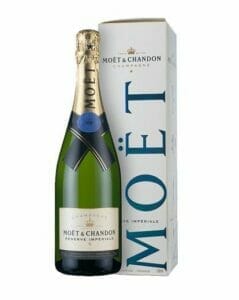
Getty Images
Words by by Harper’s Bazaar UK
Plus, the modern rules for enjoying a glass
The party season is upon us – and this year, we’re more eager than ever to pop the champagne. But are you familiar with the finer points of drinking sparkling wine?
As Oscar Wilde said, “pleasure without champagne is purely artificial”, but how should you consume this most celebratory of drinks – and, most importantly, which bottle is truly the best?
You might know how to pour a glass elegantly, or which brands you prefer to gravitate towards, but what does the modern etiquette of champagne drinking look like? Before the year’s long-awaited parties kick in, we spoke to Daniel Brennan, brand director at Laurent-Perrier, who reveals the modern rules.
LEAVE FLUTES AND COUPES IN THE CUPBOARD
The shape of a your glass is more important than you may believe – it actually affects the aroma and flavours. The bowl of a tulip-shaped champagne glass best enhances the smell of a champagne, allowing the scent to develop to its fullest.
STORE IT WELL
“Champagne should be stored in a well-chilled environment at a temperature of around 6 to 10°C,” says Brennan. “The bottles are best stored on their side, and should be kept away from bright or artificial light.”
MAKE IT A MAGNUM
When the occasion calls for a grand gesture, only a magnum will do. The equivalent of two regular bottles, a magnum is perfect for four or six guests to share – and makes a bit of a show-stopper, too.
PERFECT YOUR POUR
“When serving, start by pouring a little champagne into each glass to allow the bubbles to settle,” explains Brennan. “Once you’ve added to all glasses, return to the first and its foam should already have settled, making the champagne less likely to froth. Do not tilt the glass, it’s not a beer! Simply pour the champagne gently down the inside of the glass for the perfect serve.”
PAIR IT PROPERLY
According to Brennan, the first thing to consider when pairing champagne with food is to look at the levels of sweetness and salt in your menu. “When accompanying sweet dishes, champagne can taste bitter and less fruity, so it’s best to match dessert with an even sweeter champagne.”
“Salty dishes do the opposite and make champagne taste fruitier, as well as balancing out the acidity of the drink. For instance, a classic shepherd’s pie really brings out the pronounced summer berry flavours in Laurent-Perrier’s Cuvée Rosé.”
CONSIDER ROSÉ
Rosé champagne is going from strength to strength. A recent report by Decanter revealed sales rose 188 per cent at Sainsbury’s in 2021, which is a spike considerably higher than traditional champagne.
TWEAK THE TEMPERATURE
“The important thing to remember is the chilling temperature determines the rate at which bubbles in a champagne are released,” says Brennan. “For this, I’d recommend a chilling temperature of 4.5 to 7˚C. If the champagne is too cold this will slow down the bubble formation and could impair the aroma and taste. However, champagne should not be opened at room temperature as the wine will quickly froth up and go flat, which is not ideal when hosting.”
OPEN WITH CARE (AND A LITTLE DRAMA)
Two easy tips for successfully opening a bottle of champagne: always keep your thumb firmly on the cork once the muselet (wire cage) is off, and always twist the bottle not the cork. This will ensure the cork eases off without any spillage.
EXPLORE DEMI-SEC
Sec and demi-sec champagnes are great wines to serve with dessert. Their level of sweetness always comes with great freshness, which is a specific champagne trait. A good bottle will really lift the end of a meal (and get guests ready for dancing).
CONSIDER YOUR LIPSTICK
And finally, a tip that may surprise you. The oil in lipstick can kill the mousse (the light foamy head that forms after pouring a glass), so be wary of re-applying before you welcome your guests if you want to enjoy your bubbles at their best.
Whether you’re looking for the perfect aperitif in the sunshine or something extra-special to celebrate with, we’ve identified the best champagnes to have on stand-by (or, choose from our edit of rosé champagne or English sparkling).
DON’T BE LED BY PRICE
Remember, the ‘best’ champagne is the champagne you like best and that you share with friends and family.
The very best champagne to indulge in this season
BEST CHAMPAGNE FOR PARTIES
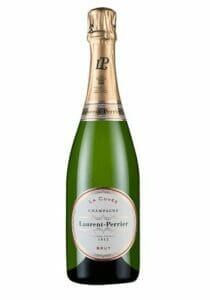
La Cuvée NV
Laurent-Perrier
One of the most revered Grandes Marques, Laurent-Perrier creates champagnes synonymous with celebrations. The house’s golden non-vintage La Cuvée sits at the toasty end of the spectrum, with a distinct apricot note and fine, light-as-air mousse. We’d recommend stocking up now.
BEST VINTAGE CHAMPAGNE
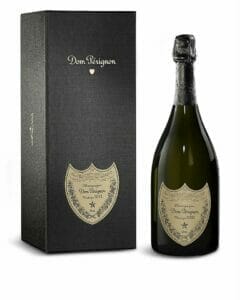
Vintage Brut 2012
Dom Perignon
A bold choice, both in style and flavour, Dom Perignon always signals a celebration. Expect a heady hit of sweet, tropical fruit followed by an intriguing smokey undertone. What’s more, there are plenty of fine bubbles in the glass for a long, lingering finish.
Thanks to its stronger flavour profile, Dom Perignon can be paired with both sweet and savoury dishes. Try it with crème brûlée – you may be surprised.
BEST CHAMPAGNE FOR GIFTING
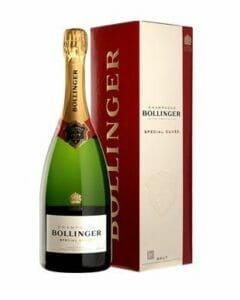
Special Cuvée NV Champagne
Bollinger
Known as James Bond’s champagne of choice, Bollinger’s Special Cuvée is rich in aromatic complexity, with hints of apple compote, spiced stone fruit and brioche on the nose, and pronounced bubbles on the palate. Best served straight up (never shaken… or stirred).
BEST NON-VINTAGE CHAMPAGNE
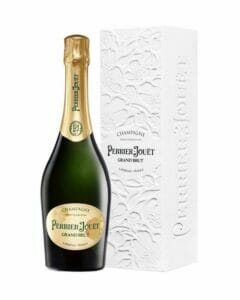
Grand Brut NV
Perrier-Jouët
Uplifting and lively, Perrier-Jouët is made with parties in mind. Expect vibrant citrus and delicate floral aromas, balanced by buttery brioche and spiced vanilla. We recommend serving with light seafood like grilled scallops or sashimi, though this would make an excellent aperitif, too.
BEST BLANC DE BLANCS
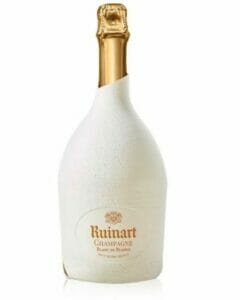
Second Skin Blanc de Blancs
Ruinart
This 100% chardonnay brings lots of citrus-forward flavour with more dormant white floral and peach aromas in the background. Ageing in the crayères (chalk quarries) develops its aromatic richness for a smooth, easy-drinking champagne of consistent quality.
BEST CHAMPAGNE FOR DINNER PARTIES
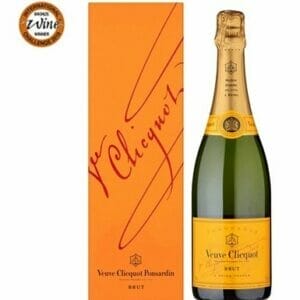
Yellow Label Champagne Magnum
Veuve Clicquot
No list of luxury champagnes would be complete without Veuve Clicquot. Its trademark yellow label reflects the champagne’s bright flavour profile; the relatively high pinot noir percentage provides structure and acidity, while chardonnay and meunier add finesse. A three-year ageing process achieves an impressively silky mousse for a well-balanced, crowd-pleasing drop.
BEST ZERO-DOSAGE CHAMPAGNE
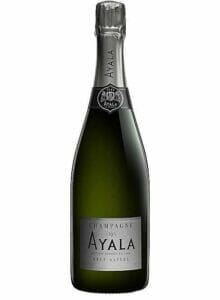
Brut Nature Champagne NV
Ayala
Ayala was a pioneer of the now-popular drier champagnes, and its zero-dosage brut nature is a great introduction to its house style. It’s pale gold in the glass with very fresh notes of citrus and apple, and a very delicate mousse. If you’re looking to discover a stellar dry champagne, look no further.
BEST DEMI-SEC CHAMPAGNE

Demi-Sec NV
Laurent-Perrier
Demi-sec, or ‘semi-dry’ champagne is the perfect partner to your dessert course – but many also enjoy it as a lighter, sweeter aperitif.
With a higher sugar dosage than the house’s classic La Cuvée, Laurent-Perrier’s Demi-Sec non-vintage is fruity, light, and extremely drinkable.
BEST ROSÉ CHAMPAGNE
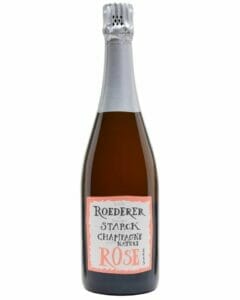
Brut Nature Rose Vintage 2015 Philippe Starck
Louis Roederer
From one of the last few remaining independent producers – and with a bottle deigned in collaboration with Philippe Starck – this rosé champagne is one worth hiding away until December.The combination of pinot noir, meunier and chardonnay grapes delivers a palate of ripe, juicy fruits, while the zero-dosage production ensures an acidic finish.
BEST APERITIF

Prelude Grand Crus Champagne
Taittinger
Combining chardonnay and pinot noir grapes from Grand Cru estates (the highest rated vineyards in the region), Taittinger Prelude strikes the perfect balance between clean minerality and complexity. Aged for five years, expect a fresh citrusy hit, elegant bubbles and an indulgent, creamy mousse.
BEST SPECIAL-EDITION CHAMPAGNE
